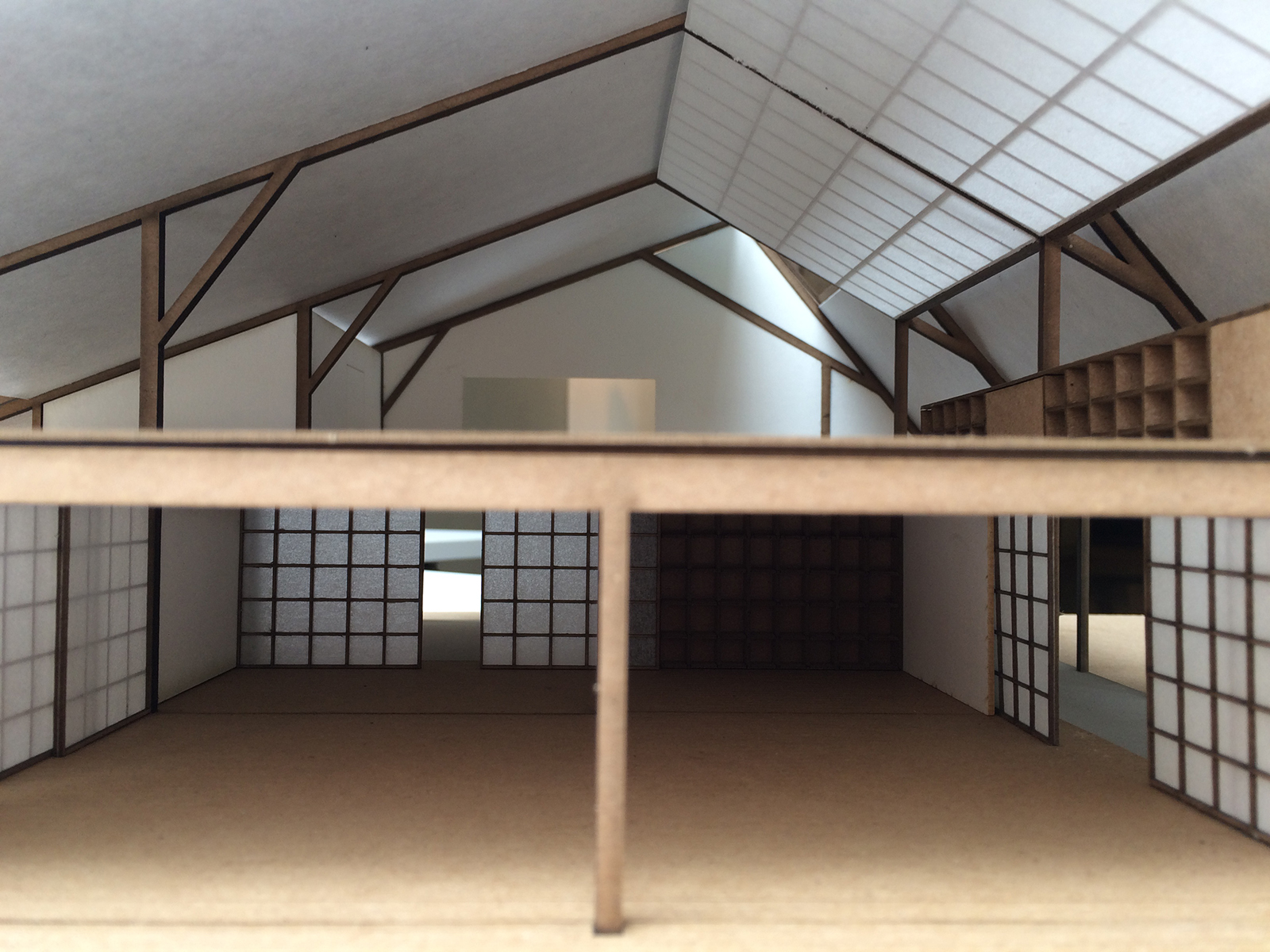Redesigning the Actor Network in Rural Areas around Tokyo
This studio aims to propose instrumental space in the rural areas around Tokyo, intervening into an alternative actor network (Bruno Latour) that governs the area’s lifestyle and landscape.
Japan is a long island with a rich, seasonally influenced life, surrounded by ocean and mountains. Characteristic of Japan is the life and culture established within the diverse nature that emerged from the island’s topographical complexity. It is important to investigate this sustainable interrelationship within today’s context of globalization.
In the 20th century, the development of industry, guided by the value of optimum efficiency, significantly changed world structure. It happened in cities as well in rural areas. The increasing specialization and industrialization of industry led to the decline of unproductive activities such as hunting, harvesting wild plants, and forest management, with the decline of forestry especially impacting the rural village landscape. Economic growth starting in the 1960s attracted many young people from rural areas to pursue employment in cities. Rural areas are now confronting a shrinking and aging population and the lack of the income from industry, which threatens the landscapes of rural villages. How can we propose architecture in such a context? How can architecture contribute to sustain local diversity?
Three farming areas 40-100km from Tokyo are selected for this case study: Kurimoto and Kamogawa in Chiba prefecture, and Kitamoto in Saitama prefecture.
Students are expected to understand the actor network established in these rural areas during the 20th century, and identify improvements through designed space.


